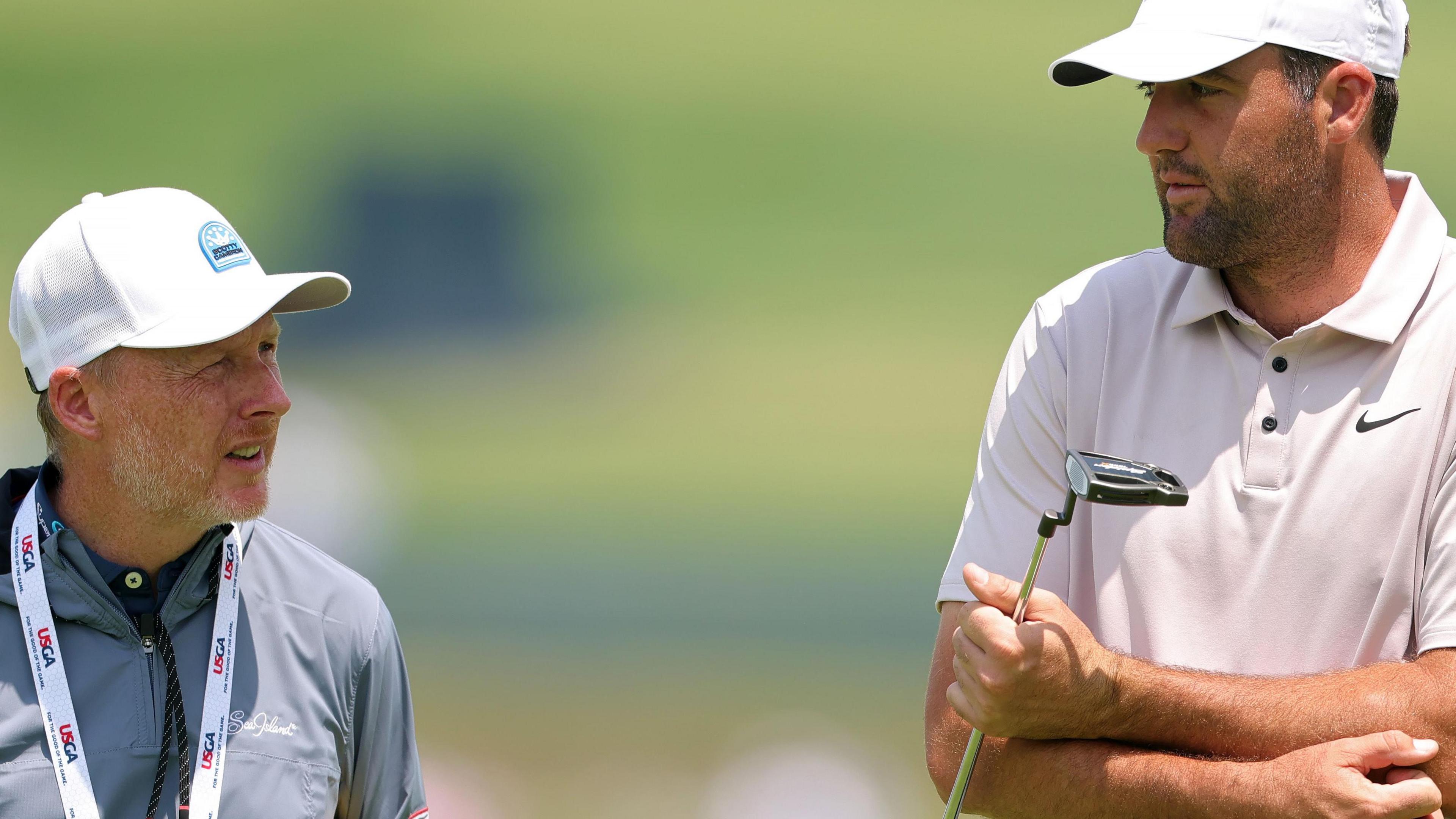 Image source, Getty Images
Image source, Getty Images
Phil Kenyon has seen Scheffler win two majors and an Olympic gold medal since he started coaching the American
Peter Scrivener
BBC Sport senior journalist at Royal Portrush
When world number one Scottie Scheffler reached out to one of golf's most sought-after putting coaches in September 2023, he could not have imagined the transformation it would bring to his game.
The American was already a major champion and had won twice that season but he was in a fug. The statistics proved he was the best from tee to green. They also proved he was among the worst with a putter in hand.
PGA Tour players hole 90% of putts from four feet. At that time, Scheffler was making 80%. The best player in the world was ranked outside the top 150 in putting and fending off the same questions every week.
Step in Phil Kenyon, coach to the best in the game.
Within 12 months, Scheffler had risen into the top 15 putters and completed a remarkable season, winning seven PGA Tour events, including a second Masters, and an Olympic gold medal at the Paris Games.
And he arrives at this week's Open Championship on the back of a run of three victories in his past 10 events - including winning his third major at the US PGA Championship - and finishing in the top 10 in the other seven to reaffirm his position as the world's dominant player.
"That was a particular high for Scottie after some lows and a lot of discussion about his putting," Kenyon told BBC Sport of the American's major victory at Augusta National in April 2024.
"And for him to putt so well fairly early on in my role working with him, that was a highlight for me."
So what did Kenyon tweak? He helped with green reading, to give Scheffler more confidence in his own ability. He helped change his grip.
But it was a switch from his trusted blade to a mallet putter "to help him with lining up putts" that really sparked a change in fortunes.
After another poor performance on the greens in February 2024, long-time friend and mentor Brad Payne - speaking in a PGA Tour documentary of that season - recounted a conversation they had in Scheffler's Dallas home: "I said 'buddy, how are you doing?' and he said, 'I don't think I'm doing well'."
That was after the Genesis Invitational, where Scheffler finished joint 10th. The mallet putter made its debut in his next event and Scheffler won four of his following five tournaments, including the Masters by four strokes.
Who is Phil Kenyon?
Kenyon, who hails from the seaside town of Southport, on England's 'golf coast', grew up surrounded by the game.
His dad was friends with 'Britain's putting doctor' Harold Swash, who worked with European Tour legends Nick Faldo, Padraig Harrington, Darren Clarke and Lee Westwood among many others.
"He would pay me to help him out, carrying his gear around, and was a huge inspiration," said Kenyon, who was was a decent amateur and turned professional after studying a sports science degree.
He quickly realised he "didn't have the game" to make a living as a pro so, with Swash as a mentor, started coaching.
"Harold was slowing down at that time so it gave me an opportunity to get stuck in," he added.
"I've been at it 25 years. You just work on your craft day-to-day and it organically develops. I never envisaged travelling the world though, following players to tournaments."
And while he is quick to deflect the praise, Kenyon's achievements are impossible to ignore.
Scheffler's triumph at May's US PGA Championship meant the Englishman completed the career 'Golden Slam' of coaching players to all four major titles and Olympic gold.
Clarke, Henrik Stenson and Francesco Molinari picked up Claret Jugs while under his tutelage; Matt Fitzpatrick and Gary Woodland won the US Open; Justin Rose won gold at the Rio 2016 Games; Scheffler picked up a second Green Jacket and Olympic title in their first year working together.
He also has Tommy Fleetwood and US Ryder Cup captain Keegan Bradley among his client list.
'McIlroy helped make me a better coach'
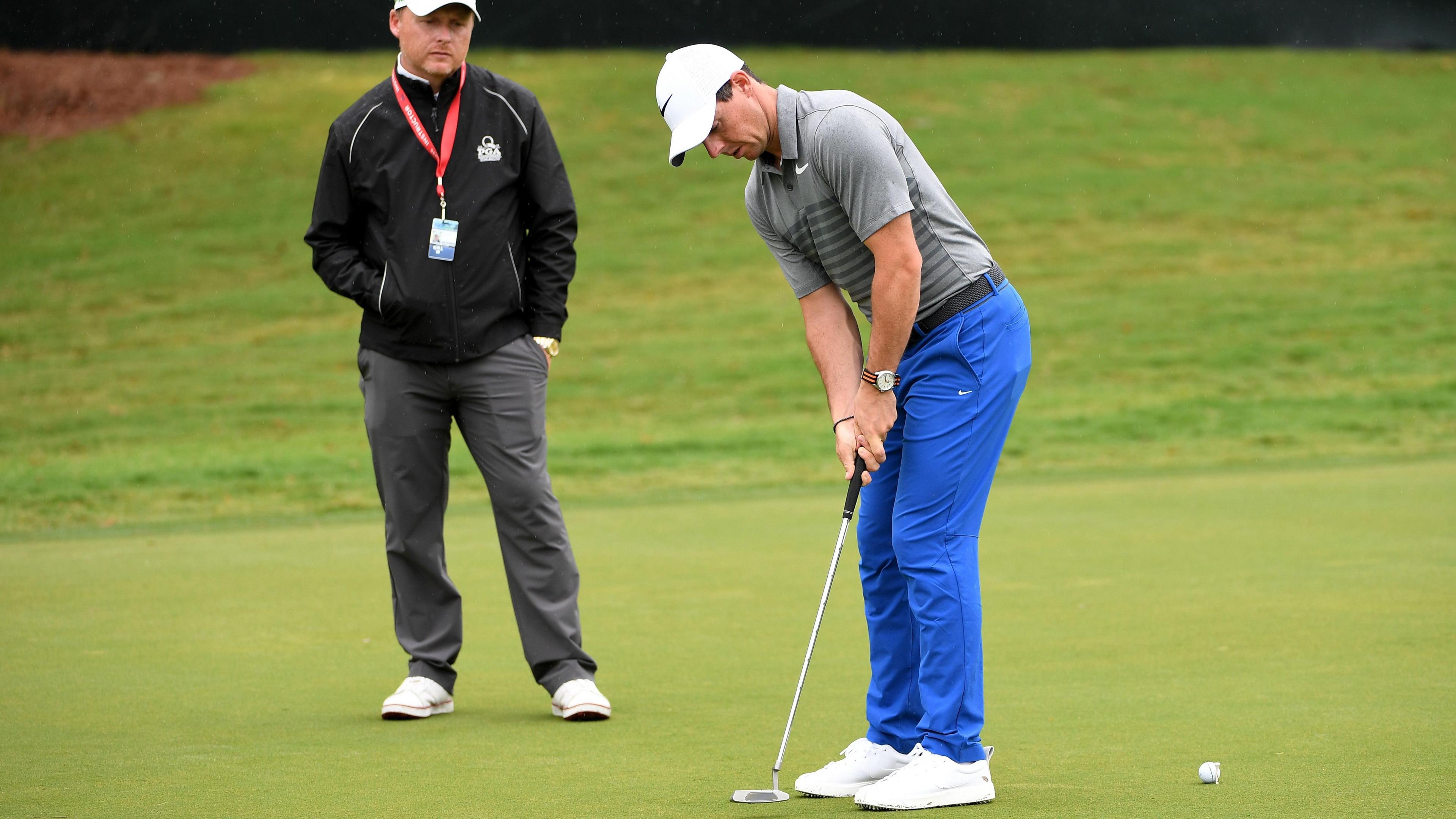 Image source, Getty Images
Image source, Getty Images
Kenyon and McIlroy worked together from 2016 to 2018 before the Northern Irishman moved to Brad Faxon
Kenyon also still coaches from his studio in Formby on Merseyside and is equally as comfortable teaching a pro or an amateur.
"Different players provide different challenges," he said.
"I can get stuck into the weeds with the best of them if that's the route you want to go down but it's about trying to work out the right balance for each player."
There is a terrific video from 2021 of Kenyon and Rose going through some technical drills.
Both are mic'd up so you can hear Rose asking for reassurance and guidance as Kenyon buzzes round the green, offering words of encouragement while simultaneously checking putter head alignment and confirming slope angles with a spirit level.
Fitzpatrick is more into the stats.
"In comparison to those two, Scheffler plays a lot more 'feel' and is a simpler golfer," said Kenyon.
"He's less technical, less stats orientated, but equally, if not more, competitive.
"All the best players I've worked with are questioning and probing - you're working together to find the right solutions for them."
Kenyon also spent some time coaching Rory McIlroy, with the pair hooking up post-2016 Olympics.
"I felt like I did a decent job of improving him technically over that period of time but he felt the need to find other things," said Kenyon of their time together.
"In hindsight, some things I would have done differently. But I'm glad I didn't. You learn from it and I became a better coach because of it.
"There are things that I learned through that experience with Rory that have helped me with Scottie."
How to adapt to putting at The Open
The professional circuit has arrived in the UK for two weeks of the links golf Kenyon was brought up on at Hillside Golf Club in Southport.
Greens on the coastal courses that host the annual Scottish Open and Open Championship are vastly different to those players encounter on the PGA Tour and it's all about adapting the three key areas of line, speed and green reading.
Last week's Scottish Open at the Renaissance Club near Edinburgh will have been a "great opportunity to prep" for this week's Open at Royal Portrush in Northern Ireland.
"The big thing is getting the speeds," said Kenyon, who will be prowling the practice putting green "keeping on top of the maintenance" of his players.
His job at tournaments is more like "supervised practice" and "cheerleading" rather than getting into technical work.
"Links greens are slower than in the US and they can have more subtle slopes," he explained.
"And then you've got the wind. Wind will be a big factor. It influences the break a lot and when you've got these subtleties of break and wind it makes it a very different challenge in your read.
"It's like in tennis - you've had clay court season and then you get on to grass - part of your preparation is adapting to the surfaces you're putting on.
"A lot of adaption occurs subconsciously and I'm there to provide feedback, making sure they are comfortable with what they are doing."
What's the secret to putting like a pro?
"You've got three skills to master. Starting the ball on the right line. Controlling the speed. Reading the green," said Kenyon.
"And there are a variety of techniques you can use within each skill. With all of them it's about trying to find the right technique for you, what matches you as a person, your personality."
You can't just master two out of the three, though. All three skills need to be working in harmony for putts to drop.
One of the techniques Kenyon coaches for green reading, for example, is AimPoint, which has been around for a couple of decades but has recently increased in popularity and is used by players such as former world number one Adam Scott, Rose and Bradley.
It is being seen as a way of speeding up the putting process. In basic terms, players use their feet to feel and grade the severity of slope from one to three. They then hold up the corresponding number of fingers out in front of them towards the hole to line up the putt, using the outside edge of the fingers as the aim point.
"It's a valid method that is growing in appeal, but there are other ways to read greens," said Kenyon, who points to the internet as a huge source of information.
"It's not always good but people will come across things that will make them think more and that 'oh, I should try that this weekend'."
And when you are next out and trying new putting techniques, perhaps frustrated at missing that eight-footer to 'win The Open', remind yourself that PGA Tour players fail to hole from that distance 50% of the time.


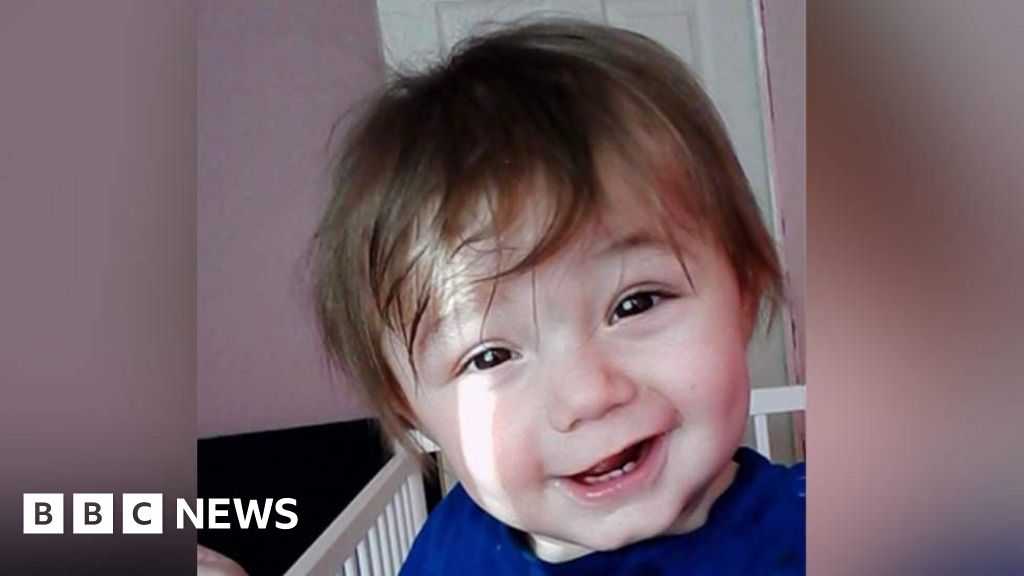
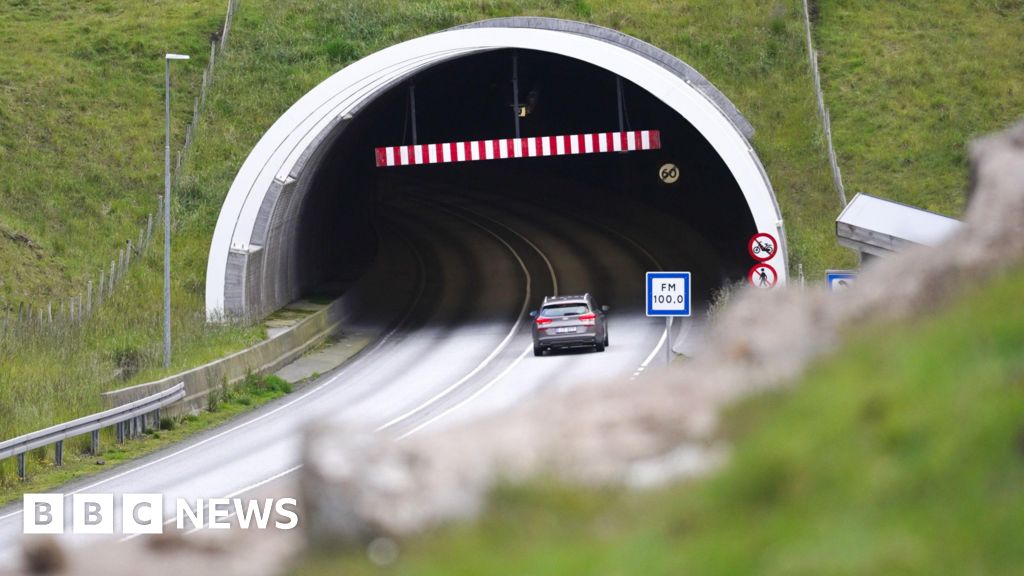


:max_bytes(150000):strip_icc()/GettyImages-1479623680-87897f0375c44bee8b1279d9607f3f15.jpg)
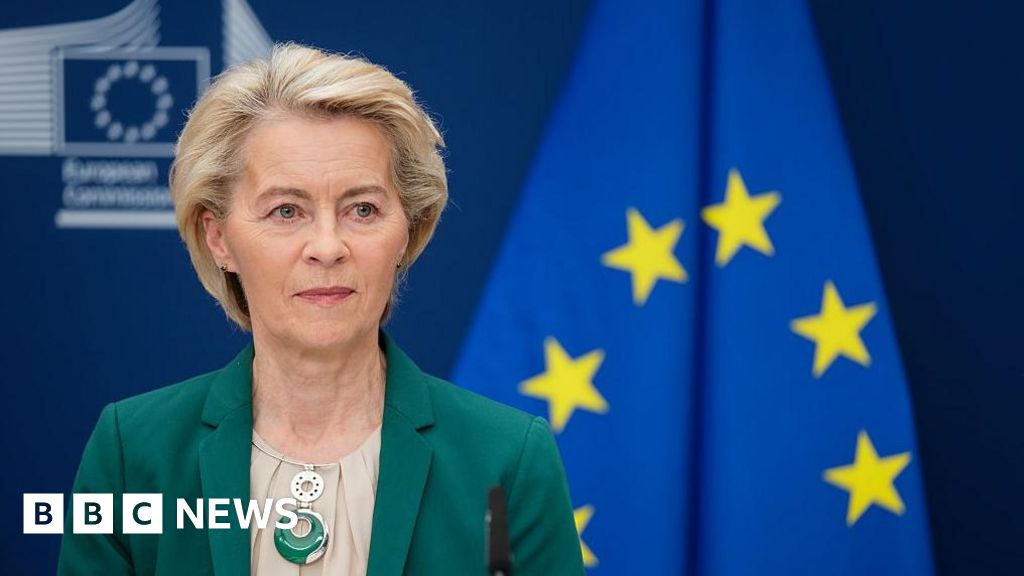

 English (US) ·
English (US) ·